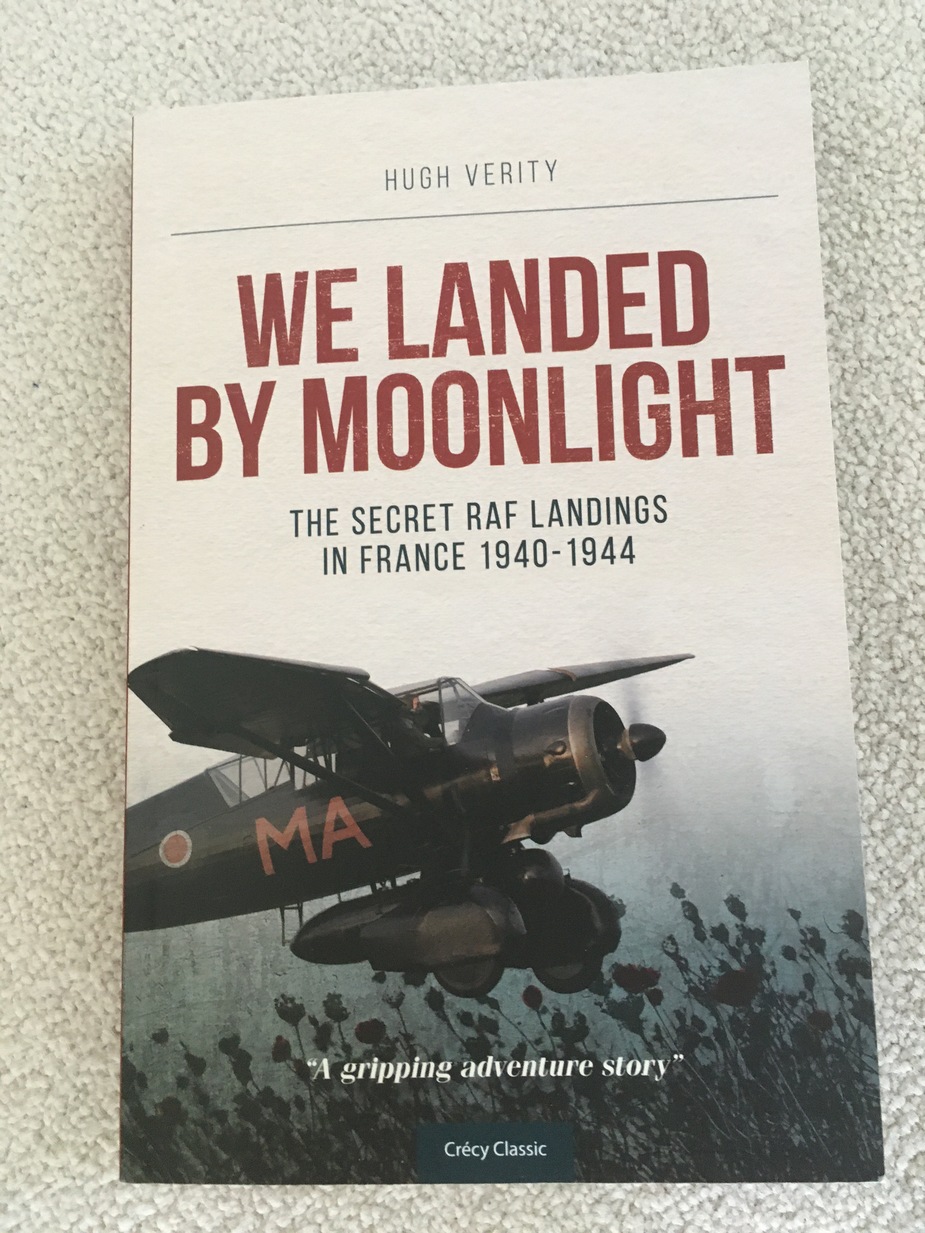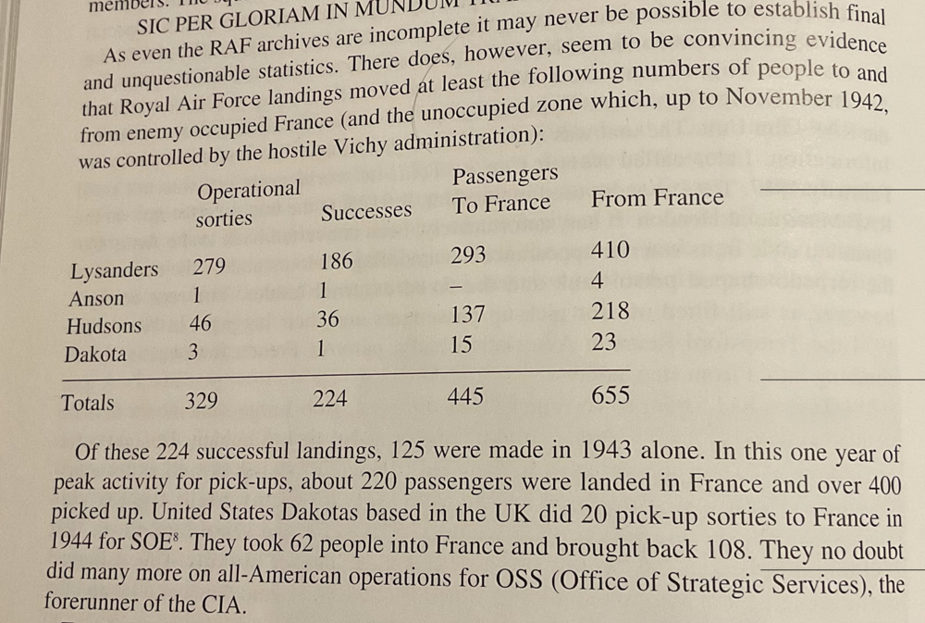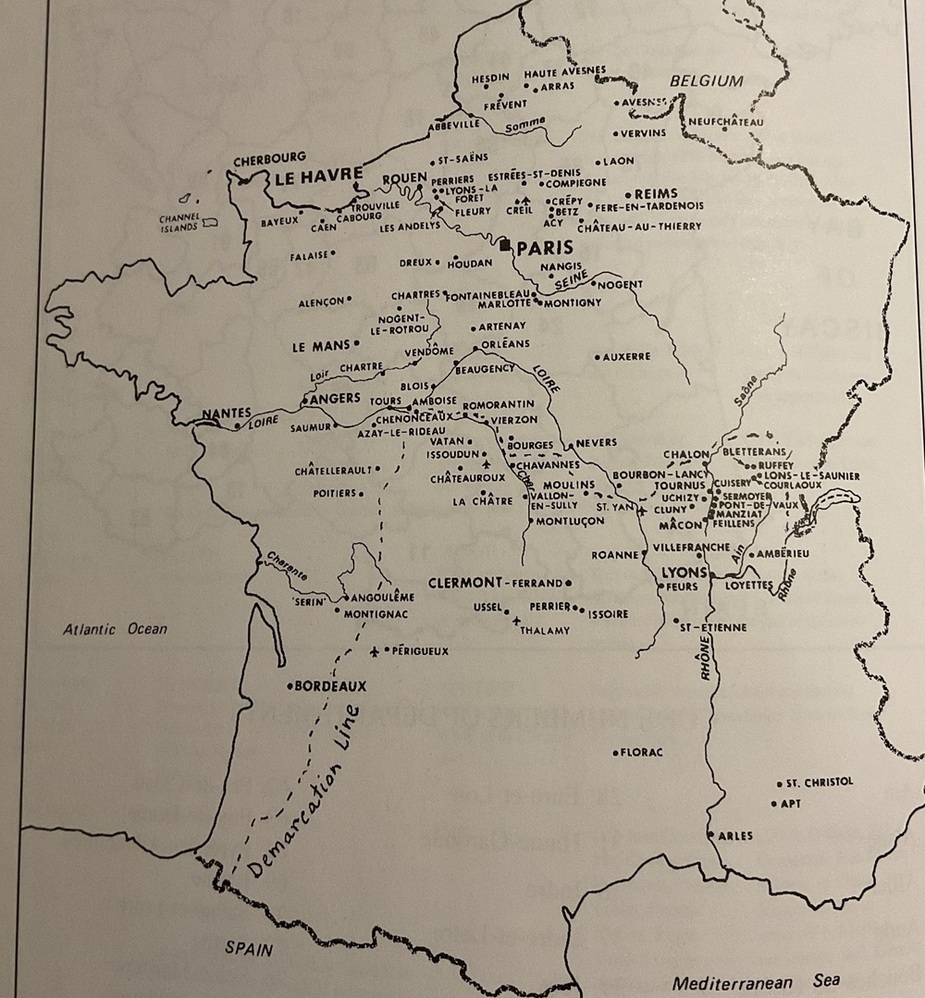Is the interest in this aimed towards maintaining currency in the current circumstance? Is planning underway for a new EASA rating?
A friend of mine has an ex-French Air Force Cub in the US, one that came to him by way of being a Dutch glider tug. It was in Algeria with photo evidence that I dug up, so arguably a warbird. It’s a very unusual variant as I recall, there are a surprising number of unusual Cub variants, but when he finally gets to finishing the project (he has many, but does get them done in serial fashion) a conformity inspection will regardless put it in FAA standard category. A simplifying factor is that before it was donated to the French it was momentarily on a civilian N-number in standard category. Something about Civil Air Patrol being the intended customer (and therefore it was built to their unique spec) before being diverted.
Over 2,000 early Super Cubs in either L18C or L21B guise were shipped over to Europe, and some to Turkey, as part of the 1949 MDAP (Mutual Defence Assistance Program). The countries behind the Iron Curtain had shiny new MIG squadrons, while the frontline West Europe had little in the way of air forces. Not sure what role the Super Cubs has in rebuilding air forces but they were used from Norway to Greece in army air support roles.
They saw action with the French in Algeria and Turkey sent them to Korea (all shot down). My own is ex French ALAT, but is in US Army colours. I have not come across an L18C in accurate French markings. Basically Lock Haven yellow with a tricoleure on the rudder. The most exciting role mine played was serving a couple of winters on skis in some kind of mountain regiment support role, near Annecy.
My understanding is that the Lysander mainly navigated using the Loire valley, on clear moonlight nights. As part of the post lockdown trip planning it would be nice to trace some of the locales that the SOE supported.
Is the interest in this aimed towards maintaining currency in the current circumstance? Is planning underway for a new EASA rating?

Not sure what role the Super Cubs has in rebuilding air forces but they were used from Norway to Greece in army air support roles.
For the German Airforce they were crucial. There were not many training planes left after the war and subsequent ban of all flying in the country.
From what I heard, the Cubs were used for intense initial flight training, with the aim to go solo at about six hours total. Now that makes me really envious, I have significantly more hours and still can’t fly it..
My club has one of these, D-EGFG (ex 96+02), which technically still is federal property. But I can hardly imagine them reclaiming it for military purposes!
Have got a nice revised 2000 edition which seems to have been in regular print. Appendix B has details of all the pick up flights in France so I will see what current airfields are in the vicinity.
I had forgotten but over forty years ago I actually met Sir Alan Boxer who commanded 161 Squadron. He was a kiwi who had a long career in the RAF. He retired to live near Lymington.

On this theme Noor Inyat Khan is finally getting a blue plaque at her old home in Bloomsbury
Looks like it wasn’t just Lysanders. From a book on the birth of modern flight training at Saint-Yan LFLN:
They [the resistance] used it [Saint-Yan] 15 February 1943 to organise the drop-off of five people travelling London to Lyon, for the first time in a Lockheed Hudson twin-engine. This action lead the occupier to neutralise the airfield by installing obstacles.
It doesn’t specify whether this was daytime or at night. Saint-Yan was just south of the demarcation line, in the nominally unoccupied Zone libre (free zone), until its invasion three months before this flight, which may explain the lax security.
I’ve just ordered a copy of We landed by moonlight.
Capitaine wrote:
I’ve just ordered a copy of We landed by moonlight.
Excellent. I remember thoroughly enjoying this book when I read it (about 10 years ago). Enjoy!
I just finished reading it. It’s definitely history, not a thriller  That said, it’s uniquely valuable. The official records are deliberately vague, and memoirs written long afterwards; Verity has researched and collated all this with his own experience, and included his sources at the end of the book.
That said, it’s uniquely valuable. The official records are deliberately vague, and memoirs written long afterwards; Verity has researched and collated all this with his own experience, and included his sources at the end of the book.
I partially read a history of the SOE ~15 years ago, a depressing catalogue of betrayal, so many names and functions were vaguely familiar; luckily Verity provides a lot of incidental information. The benefit of this level of detail is it allowed readers to say “that was me!” and write to the author with their additions, which were included in later editions. I actually ‘know’ one passenger, the duke of Magenta, who was the father of a previous aeroclub president and relation of a friend.
Finding the exact fields might not be that easy, although the War Office files listed might be a start. Much of this is ‘living history’ and is forgotten with each generation, “that’s where the resistance borrowed grandad’s cows at 3am to tow a plane out of the mud”. Several have memorials, which must be looked after by local anciens combattants.
Full moon isn’t synonymous with good weather, and a lot of flights were in cloud or above fog, but the success rates are impressive. One landing had dim and intermittent lights: the reception committee had no torches, so used candles which kept blowing out in the wind.
I remember part of the homeward trip vividly. It was necessary to fly through a bad cold front; there was no way round. In the cloud and rain, it was really filthy weather; there were towering cumulo-nimbus hidden in the generally general bad weather, so that one could not see to fly round them. In the strong up-draughts and down-draughts, the four tons of my little Lysander were tossed around like a cork in a whirlpool. Flashes of lightning temporarily ruined my night vision and St. Elmo’s fire (some sort of static electricity discharging itself) flickered with blue light round the tip of my propeller and off parts of the aeroplane. My gyro horizon toppled, and I came to the conclusion that hell could hardly be worse. Then it got worse, because I felt air sick. I opened a sliding window, took off my oxygen mask and vomited, meanwhile doing my best to go on flying the Lysander through the storm. I wondered how much I should tip the airmen who would clean out the cockpit.
Turns out there were quite a few Hudson flights.


A good book, tangentially related, is A Life In Secrets: Vera Atkins and the Lost Agents of SOE by Sarah Helm